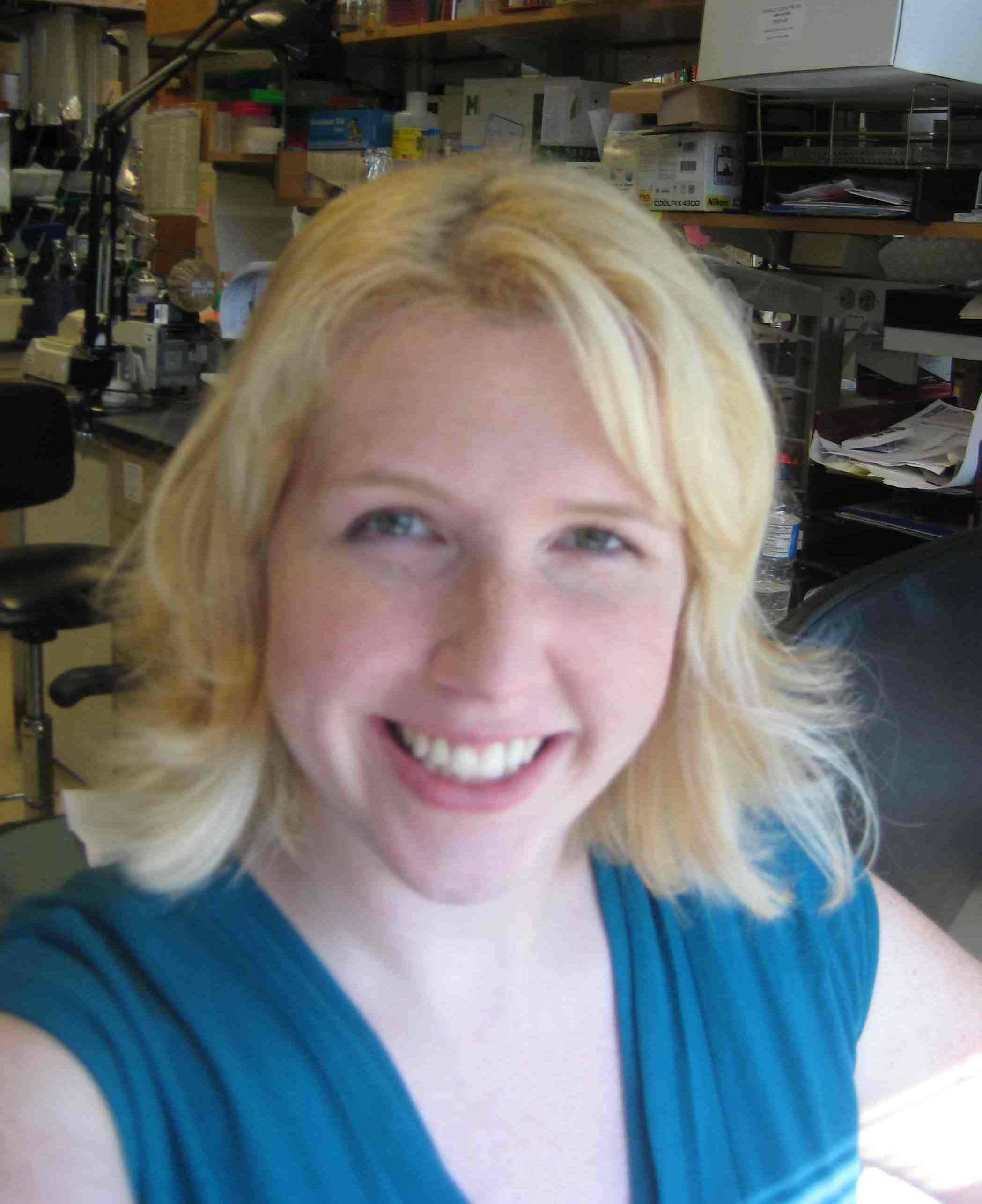Welcome to the forums at seaphages.org. Please feel free to ask any questions related to the SEA-PHAGES program. Any logged-in user may post new topics and reply to existing topics. If you'd like to see a new forum created, please contact us using our form or email us at info@seaphages.org.
Recent Activity
Lysogeny experiment help
| Link to this post | posted 23 Feb, 2016 16:14 | |
|---|---|
|
|
We have several students isolating lysogens and following a protocol that is on phagesdb.org (http://phagesdb.org/media/workflow/protocols/pdfs/LysogenyProtocol_3.19.13.pdf). I was wondering if there was anything additional in the way of protocols or background info that might be helpful for us. In particular, we find steps 11 - 14 a little vague and imply some working microbiological knowledge that we're a little shaky on. While we like to encourage student independence in reading protocols, we would love to have some more resources to direct them to for help. I know that other faculty have had students create stable lysogens to do immunity experiments. Is there anything that any of you have that might be helpful for us in the way of resources, additional protocols, or advice? Any help is appreciated! |
| Link to this post | posted 24 Feb, 2016 15:26 | |
|---|---|
|
|
joyous726 DId you get any responses to these questions outside the forum? Were your students successful? I have some questions too. We found what I think is an interesting mutant that I would like to investigate further. My email address is GregFrederick@letu.edu if you would rather communicate through email. Thanks. |
| Link to this post | posted 26 Feb, 2016 20:22 | |
|---|---|
|
|
Hi Joy, It just means that you need to streak out the potential lysogens for single colonies. Here is a youtube video (tps://www.youtube.com/watch?v=Ay2hhujTuvg) You can use sterile wooden sticks, an innoculation loop, sterile toothpicks, etc. I like sticks for students, they are easier to use and tend not to accidentally gouge into the agar surface as much. The streaking serves two purposes: one, to grow up a single clonal colony to work from, and two, to remove any exogenous phage that might be left over from the initial mesa spot. Sometimes you can get a mix of resistant cells and true lysogens. Streaking to purify cells and then working from a purified clone is good microbiology practice. |
| Link to this post | posted 26 Feb, 2016 20:27 | |
|---|---|
|
|
Welkin Pope Thank you! Sharon was kind enough to email me the attached protocol that basically fills in with what you have replied. What was unclear from the original protocol, initially, was a silly question like whether we needed to use 7H10 plates. We felt fairly confident, but not confident enough not to check with those with more expertise. |




 138Kb
138Kb